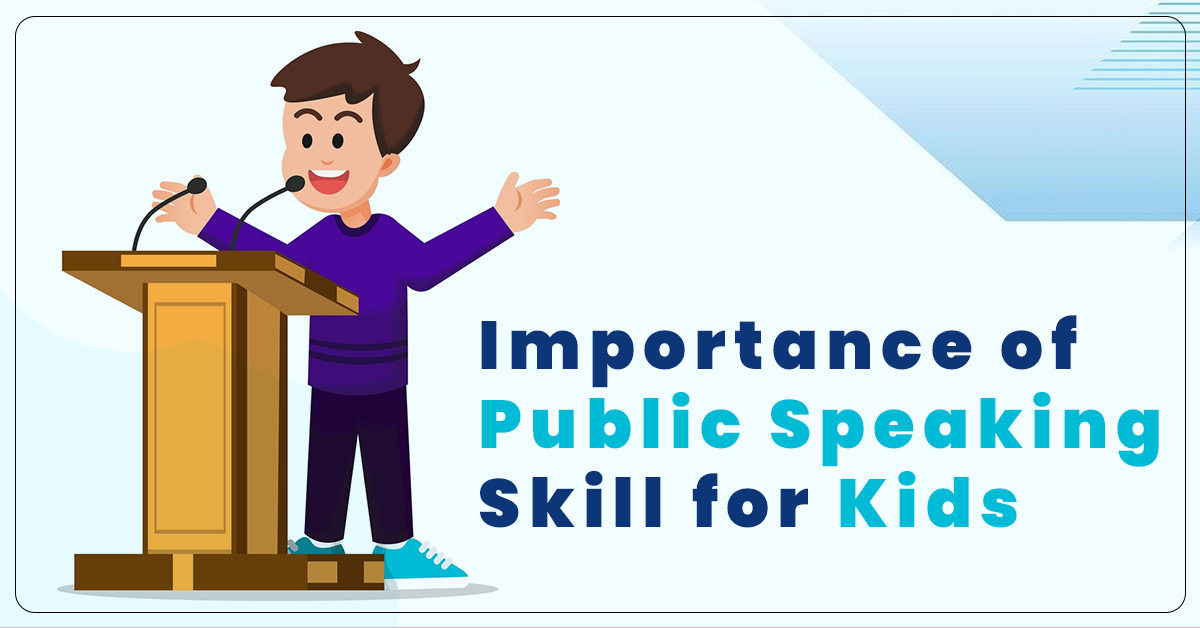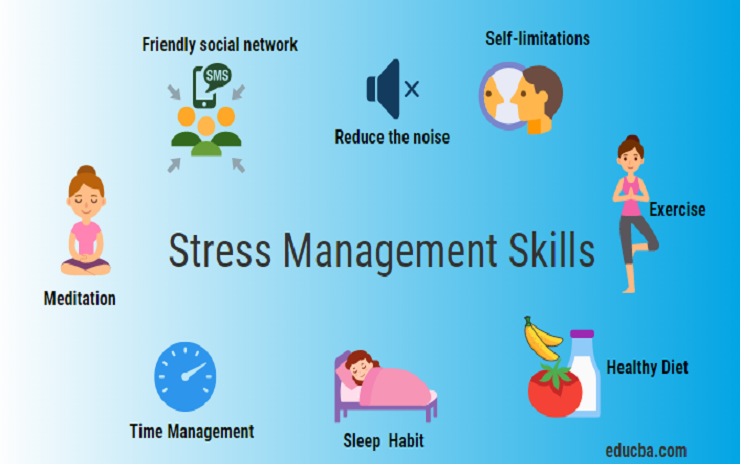In an increasingly demanding academic world, students often struggle with stress, anxiety, and emotional fatigue. Introducing Mindfulness and Stress Management Techniques into daily learning routines can create a balanced approach to mental wellness. These practices support emotional regulation, reduce anxiety, and help students build resilience to manage both academic and personal challenges.
By integrating Mindfulness and Stress Management Techniques into the school environment, students develop better focus, emotional balance, and the ability to respond to pressure healthily. This foundation not only supports academic performance but also promotes long-term mental well-being and emotional strength.
The Importance of Mindfulness in Education
In today’s fast-paced academic world, Mindfulness and Stress Management Techniques have become essential tools in fostering student well-being. These practices train students to focus on the present moment, helping reduce anxiety and improve attention span. When integrated thoughtfully into the classroom, mindfulness can significantly boost emotional resilience and overall academic performance.
Teachers can incorporate simple daily mindfulness routines—such as breathing exercises, body scans, or short moments of reflection—to help students manage stress and regulate emotions. Over time, these practices cultivate a calm, focused mindset and create a nurturing environment where students feel safe, supported, and ready to learn.
Addressing Exam Stress and Anxiety
Examinations are a common source of pressure for students, often leading to heightened anxiety and emotional fatigue. Incorporating Mindfulness and Stress Management Techniques offers practical and proven ways to overcome exam stress and anxiety. Simple practices such as deep breathing, progressive muscle relaxation, and guided visualization can help students maintain composure and clarity during high-pressure moments.
In addition, educating students on managing exam-related anxiety equips them with long-term coping mechanisms. Promoting structured study routines, regular physical activity, mindfulness sessions, and adequate rest can significantly ease exam-related tension, supporting both mental well-being and academic performance.

Discipline and Mental Health
Recognizing the importance of discipline in a student’s mental health is vital for creating a supportive and structured learning environment. Consistent routines and clear expectations offer a sense of stability, helping reduce anxiety and uncertainty. Mindfulness and Stress Management Techniques work hand in hand with discipline by encouraging self-awareness, patience, and emotional regulation.
When mindfulness is integrated into disciplinary strategies, it shifts the focus from punishment to understanding. This approach helps students reflect on their actions, manage impulses more effectively, and build lasting habits that support both academic success and personal growth.
Enhancing Time Management Skills
Mastering time management is essential for students to balance academic responsibilities, extracurricular activities, and personal well-being. Mindfulness and Stress Management Techniques help students become more conscious of how they spend their time, allowing them to identify distractions and focus on tasks that truly matter.
Practicing mindfulness teaches students to break tasks into manageable steps, set clear priorities, and manage their workload without feeling overwhelmed. These skills not only contribute to academic success but also build habits that support long-term productivity and emotional resilience.
Creating a Supportive School Culture Through Mindfulness
-
Fosters a Positive Learning Environment: Integrating Mindfulness and Stress Management Techniques helps build a calm, focused, and respectful atmosphere where students feel safe and valued.
-
Strengthens Student-Teacher Relationships: When mindfulness is practiced school-wide, it enhances communication and trust between educators and students, encouraging open dialogue and emotional support.
-
Promotes Mental Well-being as a Priority: A school culture that prioritizes mindfulness sends a clear message about the importance of mental health, creating an environment where students are encouraged to care for their emotional well-being.
-
Aligns Academic and Emotional Growth: This approach ensures that emotional development is integrated with academic goals, resulting in well-rounded, resilient learners prepared to handle both school and life challenges.
Promoting Mindful Communication and Emotional Balance
Mindful communication plays a key role in shaping respectful and empathetic relationships, both in and outside the classroom. When students are taught to speak and listen with intention, it nurtures mutual respect and reduces misunderstandings. Mindfulness and Stress Management Techniques encourage learners to pause, reflect, and choose words that foster cooperation and clarity.
Incorporating these practices helps students become more aware of their emotions, enabling them to respond calmly during challenging situations. This emotional awareness strengthens their ability to maintain balance in peer interactions and academic discussions, laying the groundwork for a supportive learning environment.

Conclusion
Incorporating Mindfulness and Stress Management Techniques into educational settings is imperative for nurturing well-rounded, resilient students. These practices address various aspects of student life, from academic pressures to interpersonal relationships, contributing to a supportive and effective learning environment.
At Verified Campus, we are committed to showcasing institutions that embrace holistic education approaches. By recognizing the best schools in India that implement these techniques, we aim to inspire educational excellence that prioritizes student well-being.


